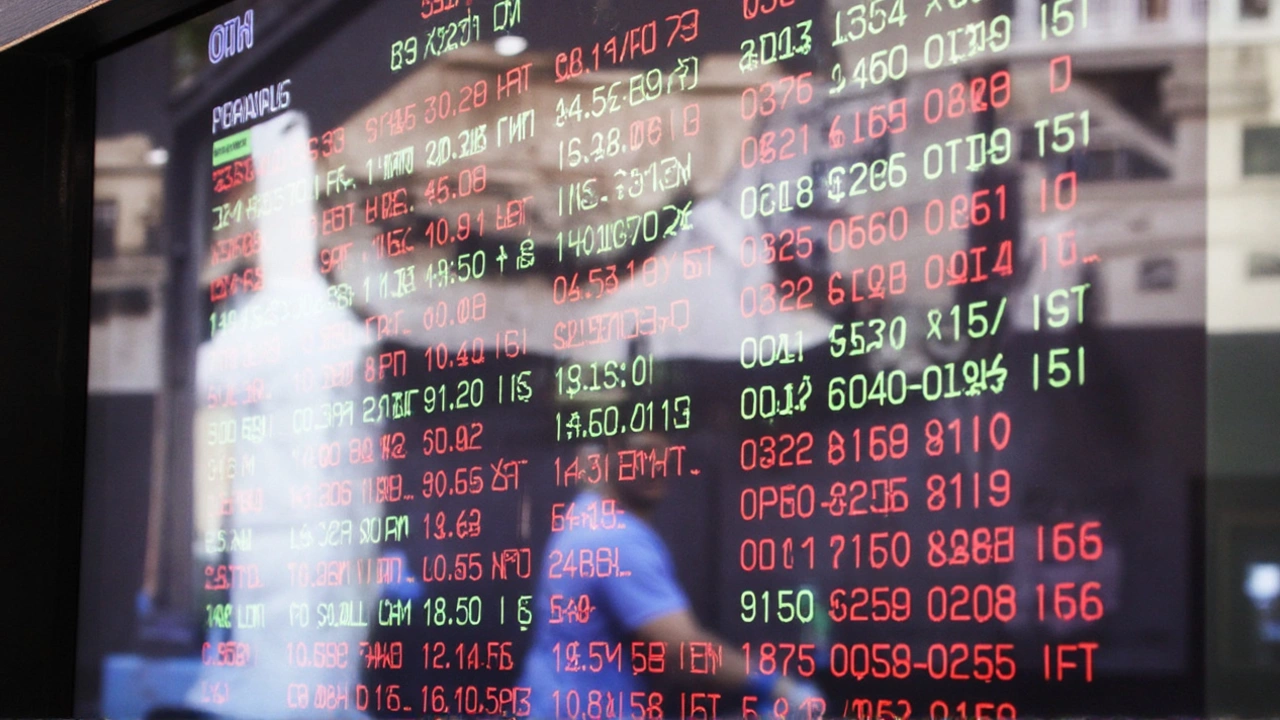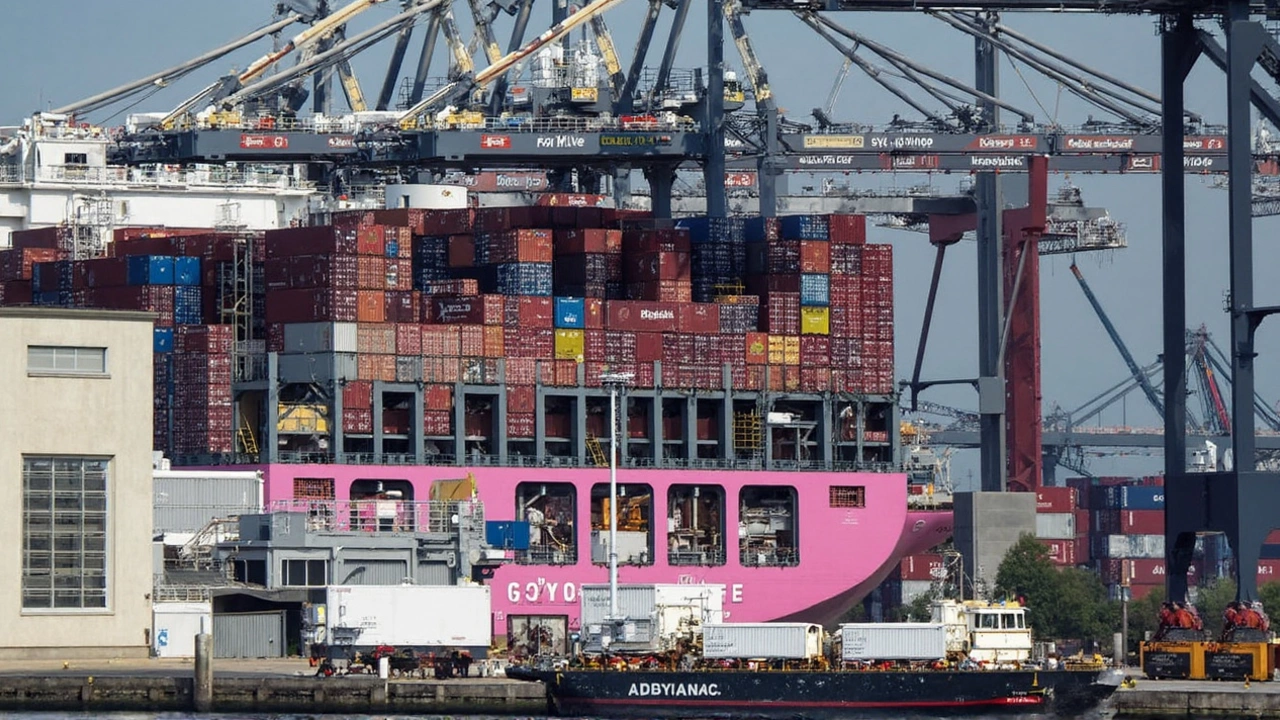EU's Response to U.S. Tariffs
The European Commission is gearing up to hit back at the United States with 25% counter-tariffs on a selection of American goods. This comes on the heels of President Donald Trump's decision to impose tariffs on steel and aluminum imports, which have ruffled feathers across the pond. We've got a list of items that might see price hikes, like diamonds, sausages, eggs, poultry, almonds, and even soybeans. Interestingly, bourbon, wine, and dairy products were initially going to be slapped with a heftier 50% tariff, but after some saber-rattling from Trump about imposing 200% tariffs on European beverages, those items got a last-minute reprieve.
The first wave of these tariffs is set to roll out on May 16, focusing initially on goods that won't disrupt the EU market too much. Additional measures will trickle in over the rest of the year. The idea is to tread carefully, aiming to target €26 billion worth of U.S. goods without rocking the boat too much for European businesses and consumers.

Seeking Solutions in Trade Talks
EU Trade Commissioner Maros Sefcovic shared that while these countermeasures are necessary, the EU isn't shutting the door on a constructive dialogue. In a push for a more amicable resolution, they're proposing a 'zero-for-zero' deal, where both sides agree to eliminate tariffs completely on industrial goods like pharmaceuticals, rubber, plastics, and cars. It's a strategy that's worked with other trading partners, and the EU remains optimistic about reaching a similar agreement with the U.S.
The climate across global markets? Well, Trump’s announcement of a straightforward 10% tariff on imports from top trading partners earlier this month sent shockwaves, leading to a dramatic $5 trillion drop in stock markets worldwide. It also took a bite out of commodity prices, stirring up quite the economic storm.
Not pulling any punches, the EU is also deciding to bring back some of its countermeasures from 2018 and 2020, targeting a wealth of U.S. imports while eyeing an additional €18 billion in tariffs. But before any of that gets the green light, there's a two-week consultation with stakeholders, ensuring that the final decisions are sensitive to the European market's needs.
